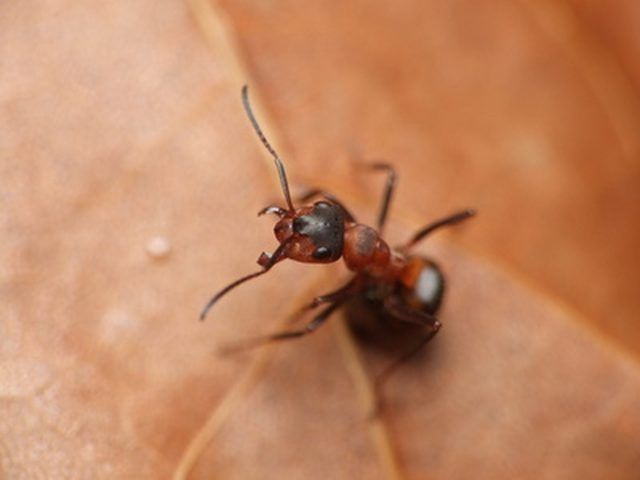Bulbs
Flower Basics
Flower Beds & Specialty Gardens
Flower Garden
Garden Furniture
Garden Gnomes
Garden Seeds
Garden Sheds
Garden Statues
Garden Tools & Supplies
Gardening Basics
Green & Organic
Groundcovers & Vines
Growing Annuals
Growing Basil
Growing Beans
Growing Berries
Growing Blueberries
Growing Cactus
Growing Corn
Growing Cotton
Growing Edibles
Growing Flowers
Growing Garlic
Growing Grapes
Growing Grass
Growing Herbs
Growing Jasmine
Growing Mint
Growing Mushrooms
Orchids
Growing Peanuts
Growing Perennials
Growing Plants
Growing Rosemary
Growing Roses
Growing Strawberries
Growing Sunflowers
Growing Thyme
Growing Tomatoes
Growing Tulips
Growing Vegetables
Herb Basics
Herb Garden
Indoor Growing
Landscaping Basics
Landscaping Patios
Landscaping Plants
Landscaping Shrubs
Landscaping Trees
Landscaping Walks & Pathways
Lawn Basics
Lawn Maintenance
Lawn Mowers
Lawn Ornaments
Lawn Planting
Lawn Tools
Outdoor Growing
Overall Landscape Planning
Pests, Weeds & Problems
Plant Basics
Rock Garden
Rose Garden
Shrubs
Soil
Specialty Gardens
Trees
Vegetable Garden
Yard Maintenance
How to Kill a Nest of Fire Ants
How to Kill a Nest of Fire Ants. Fire ants are aggressive and produce painful stings, sometimes in groups of dozens or even hundreds of ants. Fire ants react quickly to disturbances to their colony, swarming the "attacker" and delivering stinging bites. There are several species of fire ants native to the United States, but the imported red fire...

Fire ants are aggressive and produce painful stings, sometimes in groups of dozens or even hundreds of ants. Fire ants react quickly to disturbances to their colony, swarming the "attacker" and delivering stinging bites. There are several species of fire ants native to the United States, but the imported red fire ant has colonized much of the southern region of the country. A number of granular baits and liquid insecticides available in retail stores can quickly destroy a fire ant nest, if used properly.
Things You'll Need
Liquid insecticide
Granular bait
Watering can
Hand spreader
Mix the insecticide with water in a watering can, according to the insecticide's instructions.
Drench all fire ant mounds with the insecticide in the watering can. Start by applying about a quarter of the total volume of the mixture to a 10-to-12-inch band around the outside of the mound. This will prevent the queen from escaping underground.
Apply granular bait using a hand spreader uniformly over your yard. This will prevent fire ant colonies from reemerging after you've destroyed the largest nests.
Tips & Warnings
Some baits are more effective than others. Baits with slow-acting insecticides usually work within a few weeks, while baits with growth inhibitors that stifle the development of eggs and larvae could take months. For maximum control, consider using a bait that contains both insecticides and growth-regulating ingredients.
Be careful not to disturb the mounds before you apply the insecticide. If you do, the worker ants might move the queen to another location, potentially creating additional fire ant colonies.
Ants exposed to a drench of liquid insecticide die in less than 24 hours.
Chemicals in insecticides can be dangerous and need to be applied and stored according to packaging instructions. Keep children and pets away from the area where you've applied the pesticide. Make sure you're in a well-ventilated area when mixing chemicals.